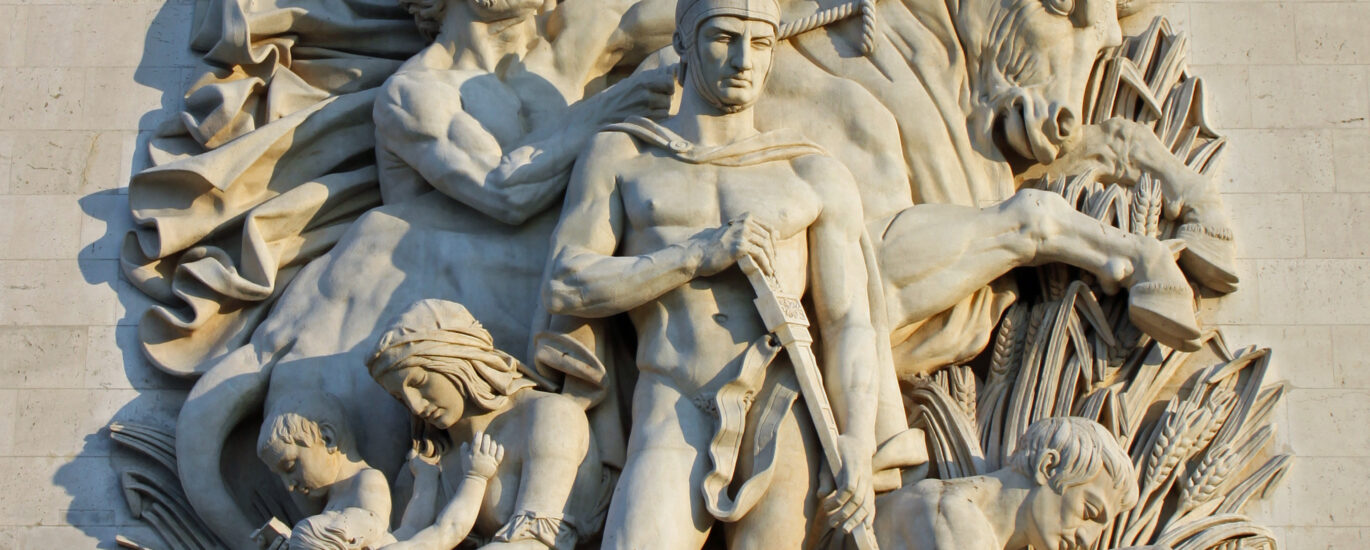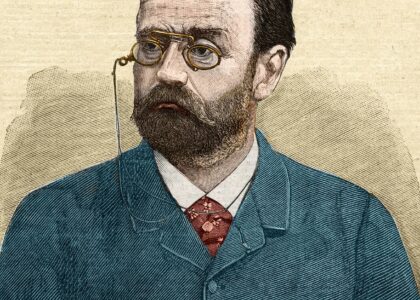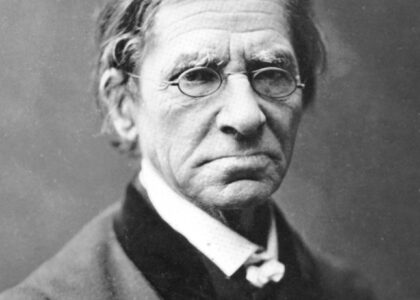Welcome to La Paix de 1815, a significant historical landmark symbolizing peace and resilience. This place is closely tied to the events following the defeat of Napoleon Bonaparte at the Battle of Waterloo, leading to the signing of the Treaty of Paris on November 20, 1815. This treaty marked the end of the Napoleonic Wars and the beginning of a new era of peace in Europe.
In the heart of Paris, the Arc de Triomphe stands as a grand reminder of France’s turbulent yet triumphant history. Commissioned by Napoleon himself in 1806, it was intended to celebrate the military prowess of his Grande Armée. Although construction was interrupted by political changes, it was finally completed in 1836 under the reign of King Louis-Philippe. The arc’s intricate sculptures and engravings are the handiwork of renowned artists of that era, including François Rude, whose work ‘La Marseillaise’ captures the spirit of revolutionary France.
One of the arc’s notable sculptures is ‘La Paix de 1815’ by Antoine Etex, which symbolizes the Treaty of Paris. This treaty not only ended the Sixth Coalition against France but also attempted to restore stability in Europe. The names of 660 generals and several significant battles are inscribed on the arc, paying homage to those who served the nation.
Over the years, the Arc de Triomphe has become a focal point for national remembrance, with the Tomb of the Unknown Soldier placed beneath it in 1921. The eternal Flame of Remembrance, first lit in 1923, is rekindled daily to honor those who lost their lives in war.
La Paix de 1815 and the Arc de Triomphe together form a narrative of triumph and peace, resonating through the ages as a testament to France’s resilient spirit and its pivotal role in shaping European history.






